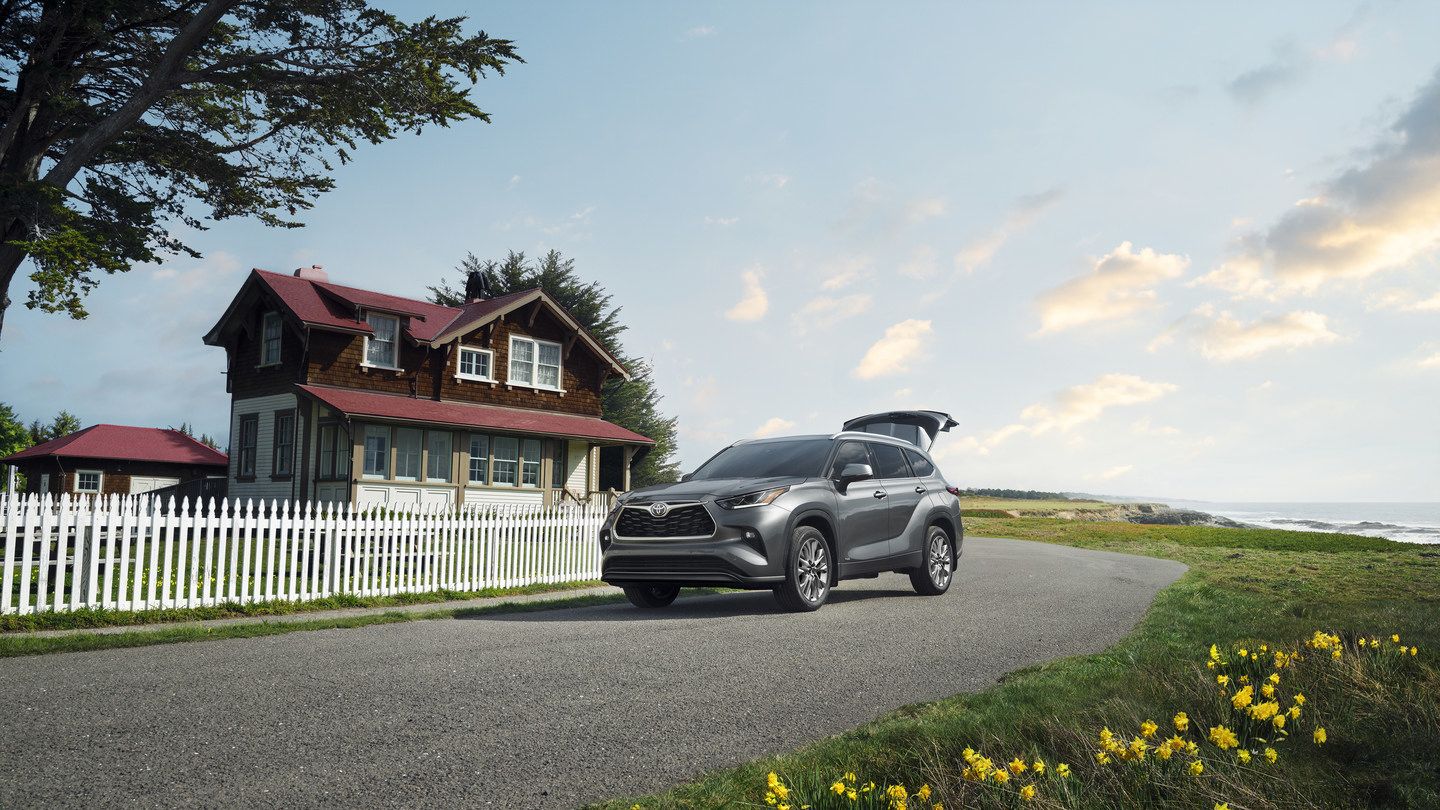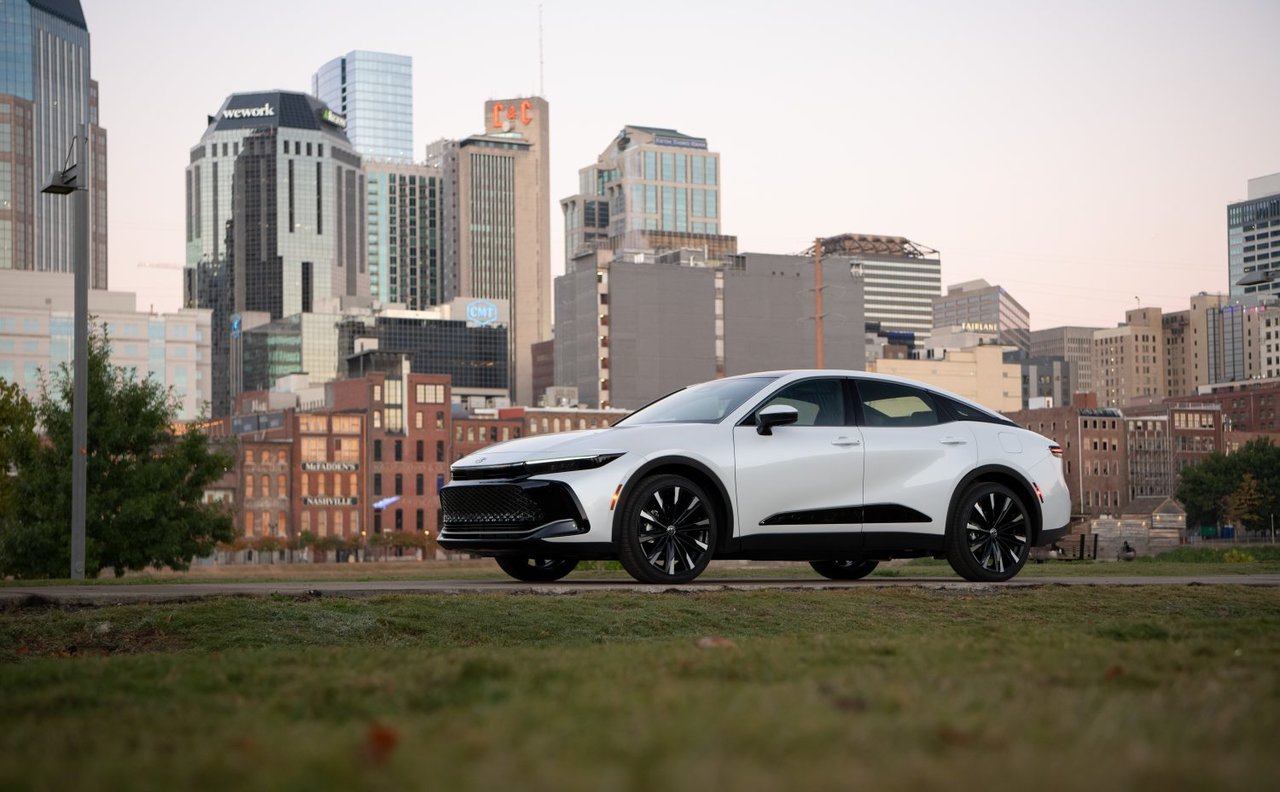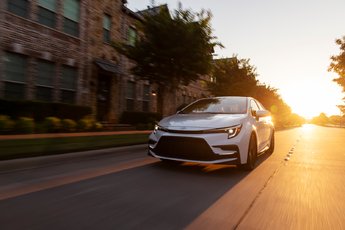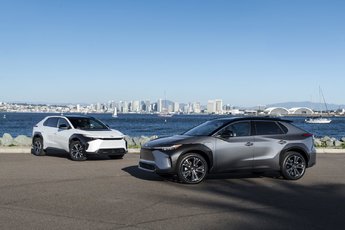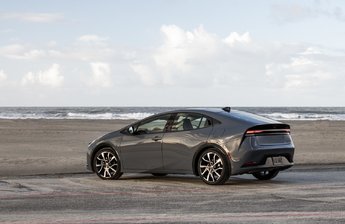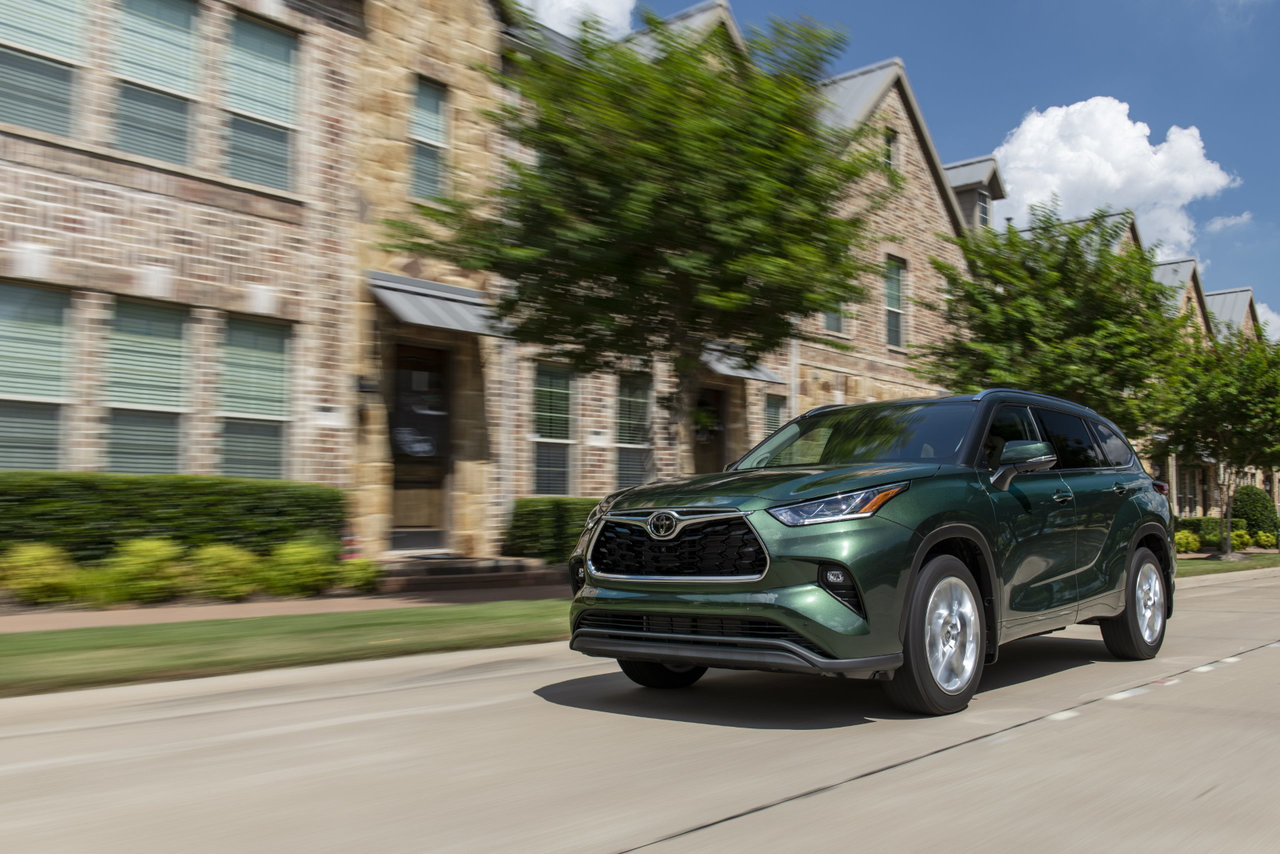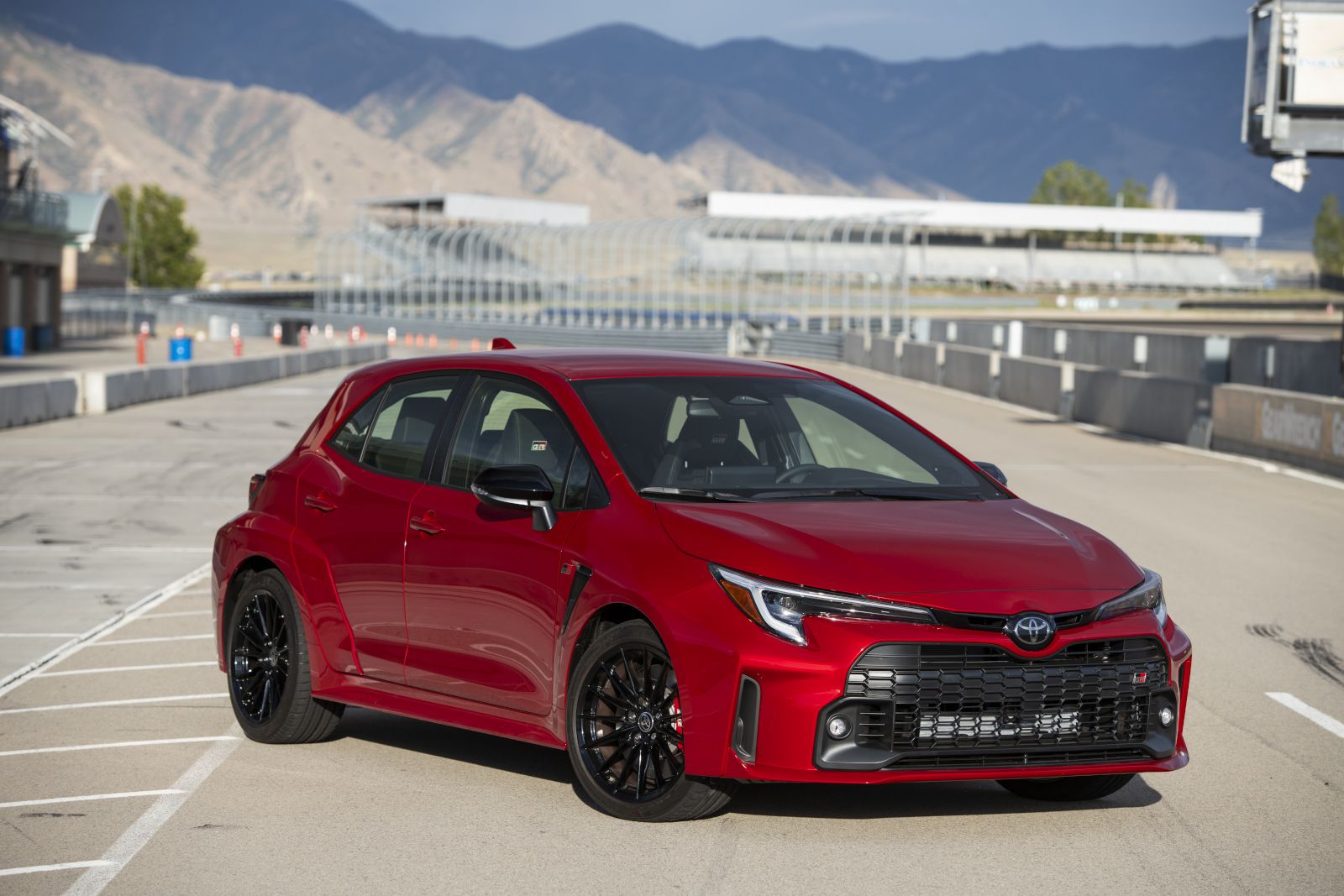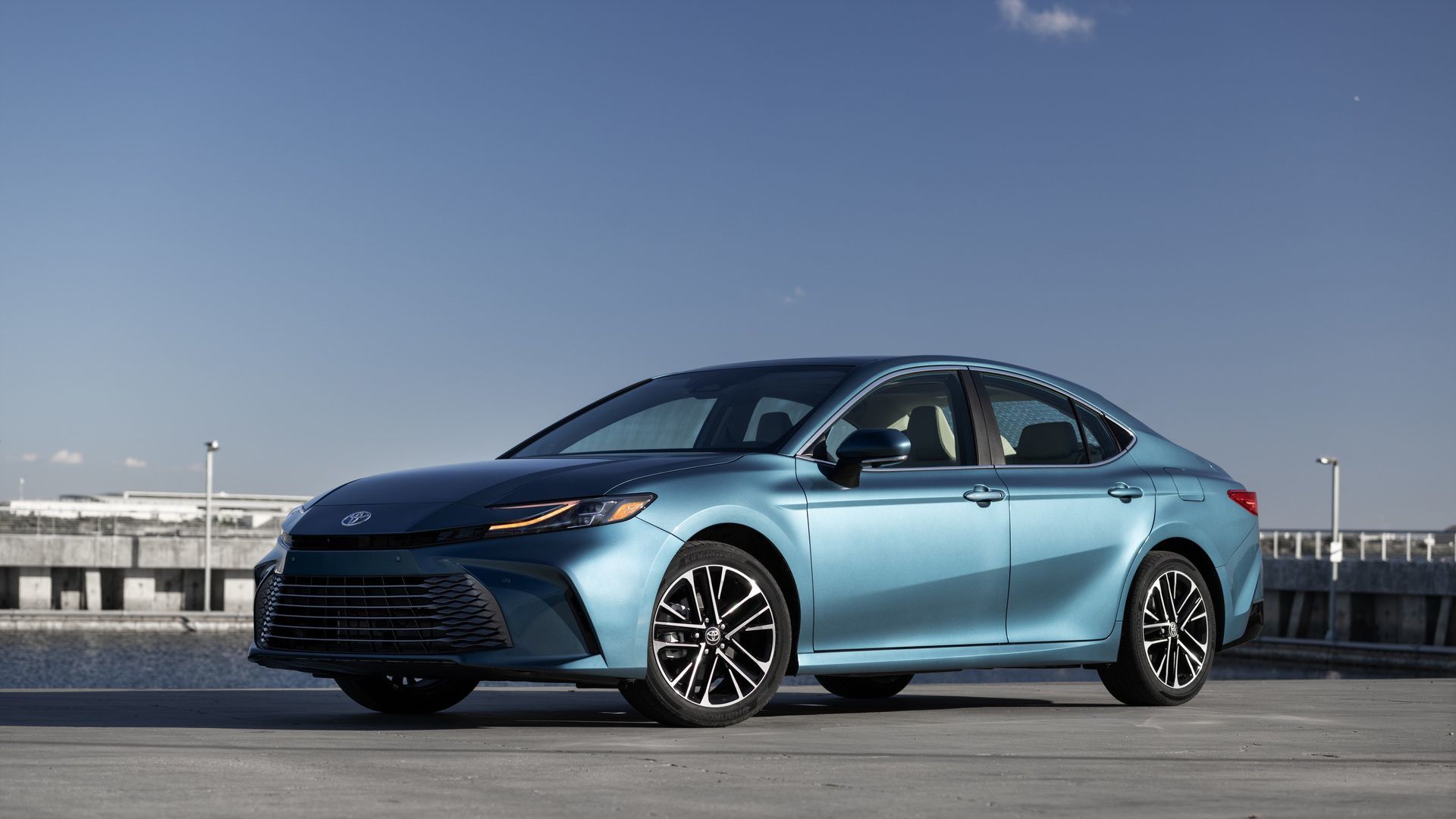Leasing a Toyota is a great way to experience the latest models without committing to a long-term purchase. However, as the lease term approaches its end, many lessees are often left wondering about the next steps. This article aims to provide clarity and guidance for those in this situation.
- Start Early
Approximately 90 days before your lease term is up, it’s beneficial to start considering your options. This gives you ample time to make well-informed decisions and avoid last-minute hassles. Toyota Financial Services or your respective leasing company will typically send a notification reminding you of the impending end date.
- Assess the Vehicle
Inspect your leased Toyota for any wear and tear. Remember, normal usage wear is acceptable, but any damage beyond the "normal wear and tear" could incur charges. It might be worthwhile to have your car inspected by a professional to foresee any potential end-of-lease charges.
- Consider Your Options
When your Toyota lease is ending, you generally have three primary options:
- Buy the Leased Vehicle: If you've grown attached to your Toyota and feel it meets your needs, you can choose to buy it. You'll need to pay the residual value specified in your lease agreement. Often, dealerships can offer financing options for those who decide to purchase.
- Return the Vehicle: If you decide not to buy the leased car, you can simply return it to the dealership. Ensure the vehicle is cleaned and serviced. Don't forget to include items like the owner's manual, spare keys, and any original equipment (e.g., floor mats or cargo covers).
- Lease or Buy a New Toyota: If you enjoyed the leasing experience and are looking to drive the latest model, you can return your current leased car and start a new lease. Alternatively, you might decide to purchase a new Toyota outright.
- Schedule an Inspection
Many leasing companies provide a pre-return inspection. This is a chance to identify and repair any issues before officially returning the car, potentially saving on penalties.
- Be Prepared for End-of-Lease Charges
After returning the vehicle, you may face some additional charges. These can include:
- Excess Wear and Tear: Charges for damages or conditions beyond the acceptable wear and tear.
- Excess Mileage: If you've surpassed the mileage limit specified in your lease agreement, you'll be charged for the additional miles.
- Disposition Fee: Some leases have a fee associated with ending the lease unless you decide to lease a new vehicle from the same brand or buy the car you were leasing.
- Consult the Dealership
Before making a final decision, it's a good idea to consult with your Toyota dealership. They can provide insights into current promotions, new models, or exclusive loyalty programs that might be beneficial for you.
- Finalize Paperwork
Whether you choose to buy your leased car, return it, or lease a new one, ensure you complete all necessary paperwork. Obtain copies of everything for your records.
- Stay Informed
Keep yourself informed about the end-of-lease process by checking the Toyota Financial Services website or contacting customer service. Knowledge is power, and the more you know, the smoother the process will be.
The end of a lease term doesn’t have to be a daunting experience. By understanding your options and staying proactive, you can ensure a seamless transition, whether you decide to hold onto your beloved Toyota, explore newer models, or choose a different path altogether. Whatever you decide, Toyota’s commitment to quality and service remains unwavering, guiding you at every turn.
